Shills, Show Captains & Change Girls – Casino Jobs That No Longer Exist
Posted on: December 2, 2022, 11:05h.
Last updated on: December 2, 2022, 11:58h.
Do you recall the first thing Marty McFly noticed when he time-traveled back to 1955 in the movie “Back to the Future?” It was the gas station attendant, because of how obsolete his job seemed.
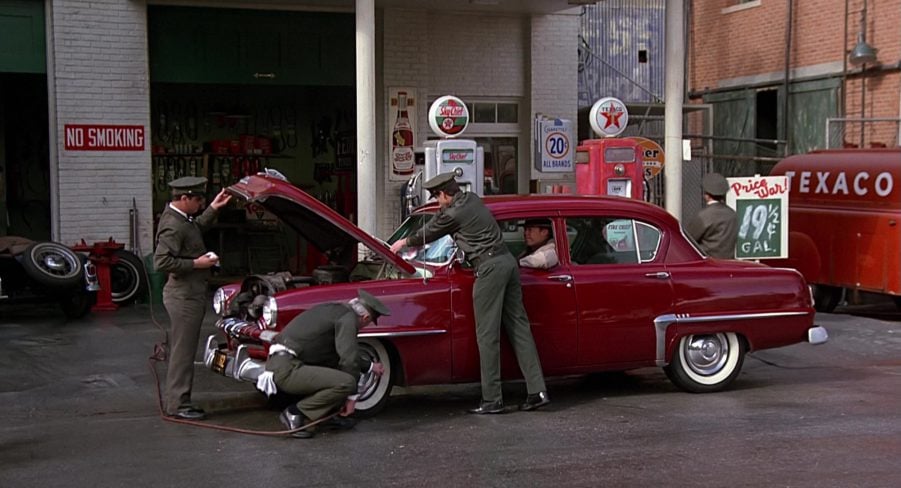
Had Marty hit a Las Vegas casino in 1955 instead, he might have noticed the following casino jobs, none of which exist anymore on the Strip.
Board Person
The automatically updating digital wallboard killed what was once a stressful, full-time job. It required an odds expert to update dry-erase boards – and, before that, chalkboards – with frequently-shifting betting lines based on the volume of wagers on either side of the bets. And to do it legibly.
Catwalk Surveillance Officer
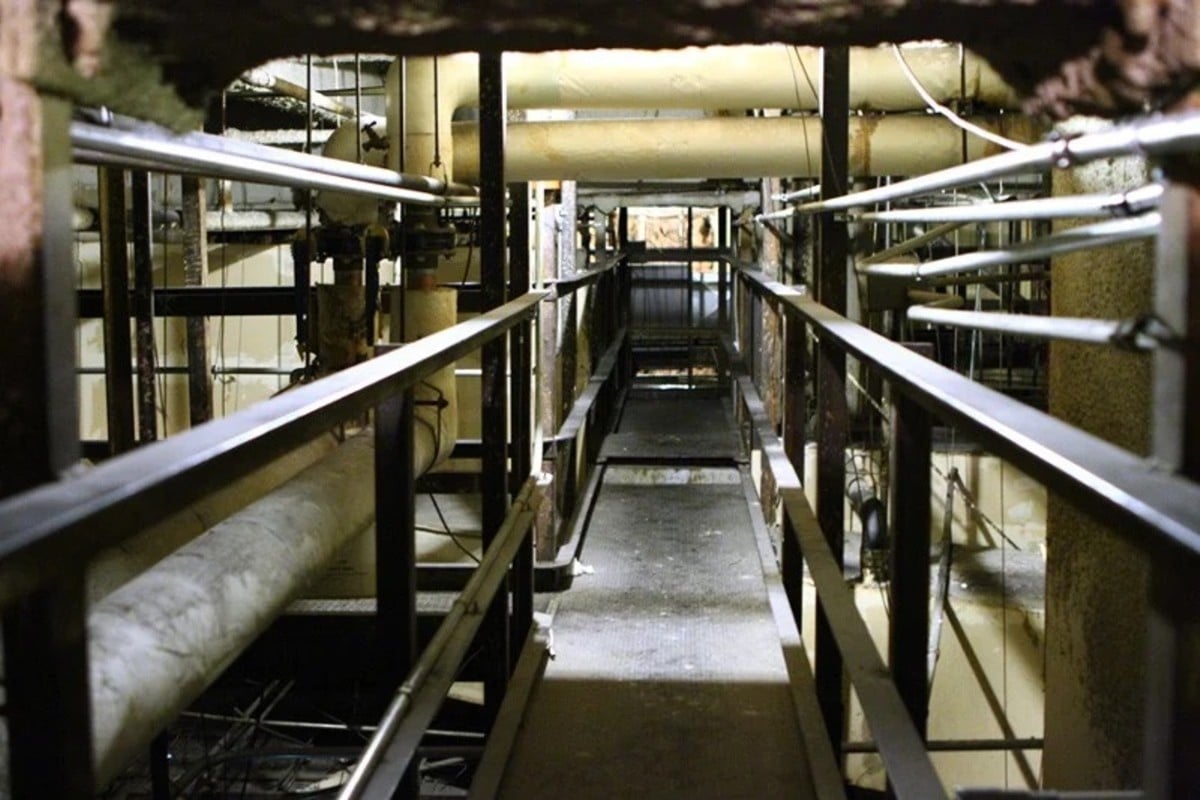
The term “eye in the sky” originally applied not to video surveillance cameras but to actual eyes in a casino’s ceiling. Foiling cheaters was once the job of security officers who walked along thin catwalks above the casino floor.
These dudes – because most were dudes – peered down with binoculars onto the table action, attempting to catch cheaters counting blackjack cards, touching roulette chips after the “no more bets” call, or handling craps dice with more than one hand.
And they did it through one-way glass concealing their exact whereabouts.
Change Girl
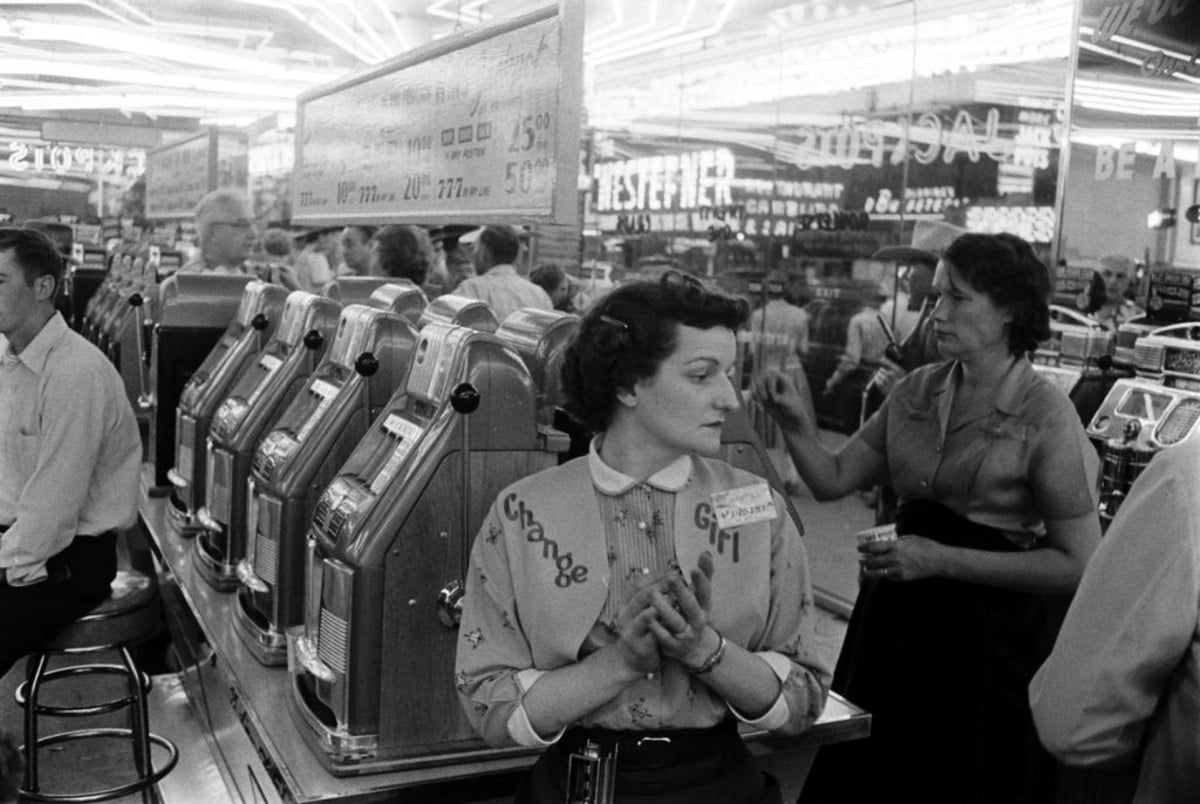
More than 10K people with union jobs once roamed Las Vegas casino floors wearing holsters around their waists from which they distributed coins, and pouches where they placed the bills they collected in exchange. If they were women – as the overwhelming majority were – they also wore cute outfits.
You’d be forgiven for thinking it was the change machine that doomed this job. But Standard Change-Makers introduced that device way back in 1964, and change girls stuck around until the ’90s. Slot users considered it a hassle to have to desert their seat to make more change once they found the perfect machine. Also, serious slot players preferred their quarters in neat little rolls, and most enjoyed the personal contact with a change girl.
This job’s demise was the rollout of coinless slot machines. Once slots came equipped with the same automatic bill validators sported by change machines, they could accept bills of any denomination.
Shill Poker Player
A shill poker player was paid an hourly wage by the casino to start games, to keep dying games alive, and to make it appear that winning was more likely than it really was. They played with casino money – which they were required to turn in at the end of their shifts.
Though tourists were usually oblivious, regular players could usually sniff out the fakes. And shill use was not the kind of word-of-mouth a casino wanted spreading about them. So the shill gave way to the proposition player. A subtler shade of decoy, prop players used their own money – keeping their own winnings and absorbing their own losses. They were paid simply to sit where they were told to and not to leave until busting out.
In 1979, Nevada passed Regulation 23, which mandated that all gambling decoys be identified by casino managers when asked. It also required all casinos using shills or prop players to display a sign alerting guests to the policy. That pretty much ruined the racket.
The use of decoy poker players is still legal in Nevada, but considered not cool. While some smaller, off-Strip casinos may still employ them, no Strip poker rooms are believed to.
Showgirl
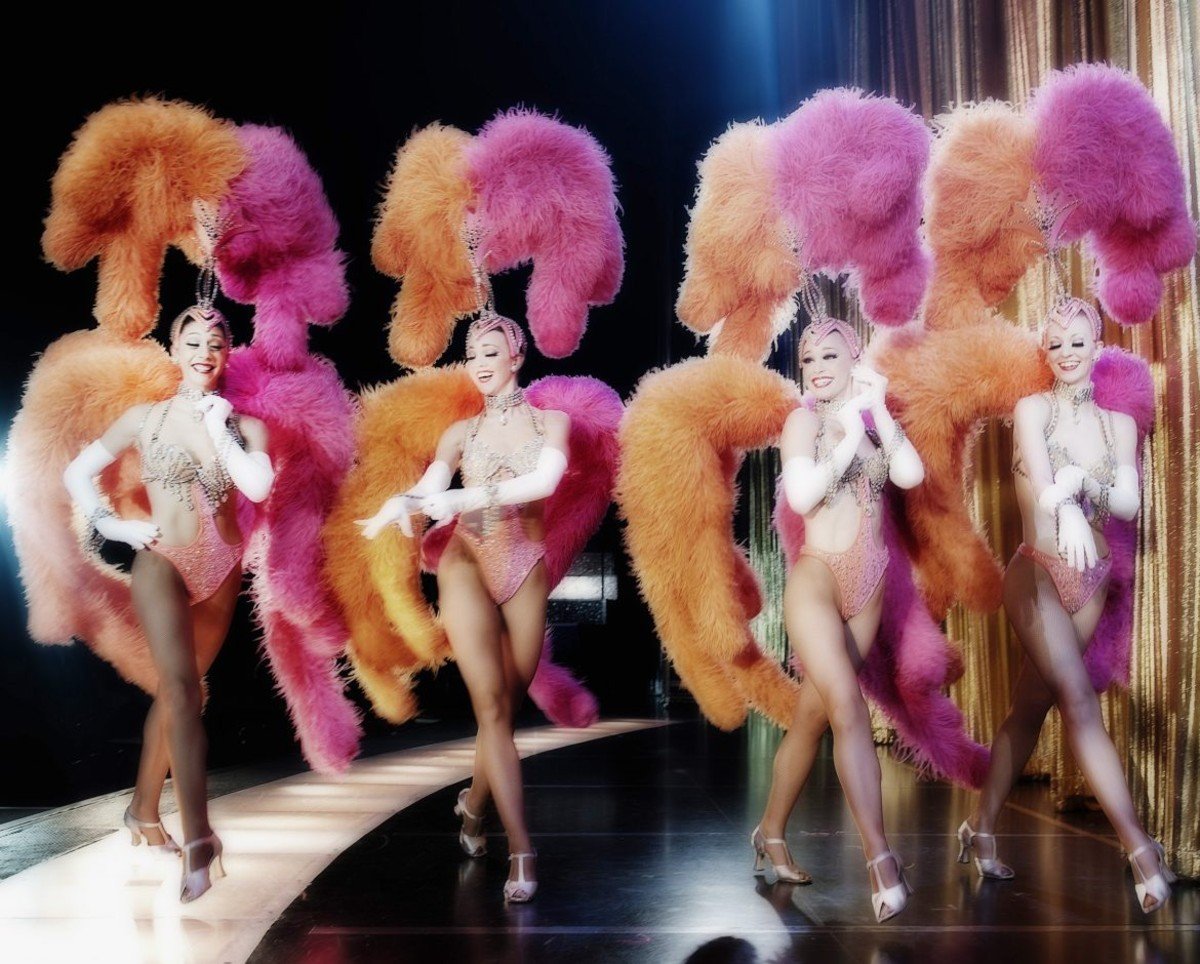
The Las Vegas showgirl officially went extinct in 2016, when the last showgirl show, “Jubilee!” at Bally’s, closed after 35 years. But from the ’50s through the ’80s, nearly every major casino had a showgirl show.
The hotels financed these French-inspired extravaganzas to the tune of up to $10 million per launch, then another $1 million per year in maintenance. And they didn’t require the shows to recoup at the box office because they were considered loss leaders – their purpose being to draw gamblers into casinos and keep them there. Back then, gambling still accounted for about 75% of an average casino’s revenue.
Today, that revenue stream has flipped, with non-gambling sources accounting for the 75%. Instead of paying to stage their own shows, corporate owners began in the ’80s making independent producers pay them to rent their showrooms. And not a single producer has volunteered to stage a showgirl show since.
Showroom Captain
Smaller casino showrooms, such as the ones in Atlantic City, still employ hosts to coordinate which guests sit where for the big show. These hosts reserve the best seats for the highest rollers – though a big tip issued before a seat is found also boosts a guest’s seat juju.
In modern Las Vegas, ushers help you find your seat if you don’t know where it is. But that seat is predetermined by Ticketmaster or some other reservation system that won’t engage in bribery (only blackmail in the form of added-on “facility charges,” “order processing fees,” and “delivery fees”).
Related News Articles
VEGAS MYTHS RE-BUSTED: Bad Players Kill the Blackjack Game
VEGAS MYTHS RE-BUSTED: Casinos Employ Coolers to Stop Hot Streaks
Landmark Casino Demolished South of Las Vegas
Most Popular
The Casino Scandal in New Las Vegas Mayor’s Closet
This Pizza & Wings Costs $653 at Allegiant VIP Box in Vegas!
Sphere Threat Prompts Dolan to End Oak View Agreement
MGM Springfield Casino Evacuated Following Weekend Blaze
Most Commented
-
VEGAS MYTHS RE-BUSTED: Casinos Pump in Extra Oxygen
— November 15, 2024 — 4 Comments -
VEGAS MYTHS RE-BUSTED: The Final Resting Place of Whiskey Pete
— October 25, 2024 — 3 Comments

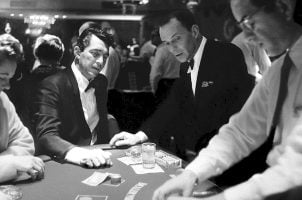
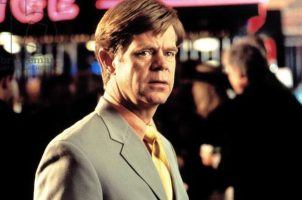
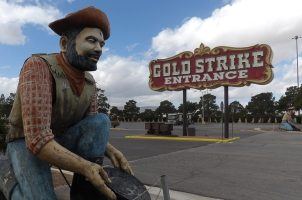












Last Comments ( 5 )
Counting blackjack is not cheating as you suggest in the “eye in the sky” portion of your article. It’s using your mind to win. It is not illegal nor cheating.
In addition to paying $18 per day at Paris, there's a resort fee of $46 per day.. all of the hotels do the same BS
I thought a lot of poker rooms had house players.
Does free parking still exist at the major hotels?
Good stuff